Some of today’s fanciest meals started out as everyday fare. What once filled working-class bellies now graces the tables of top restaurants.
This list highlights 15 foods that climbed the culinary ladder—from modest roots to gourmet glory.
Get ready for a tour of delicious transformations that prove flavor always rises.
1. Lobster
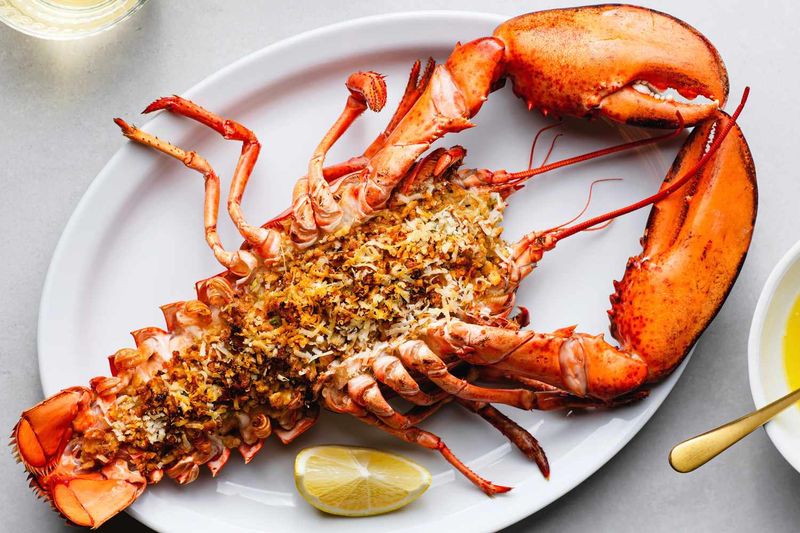
Once considered a poor man’s protein, lobster was fed to prisoners and servants in colonial America. It was cheap, abundant, and easy to catch.
Now, it’s the crown jewel of surf-and-turf, poached in butter or served chilled with lemon. Rich, sweet meat in a red shell has never felt more luxurious.
2. Oxtail
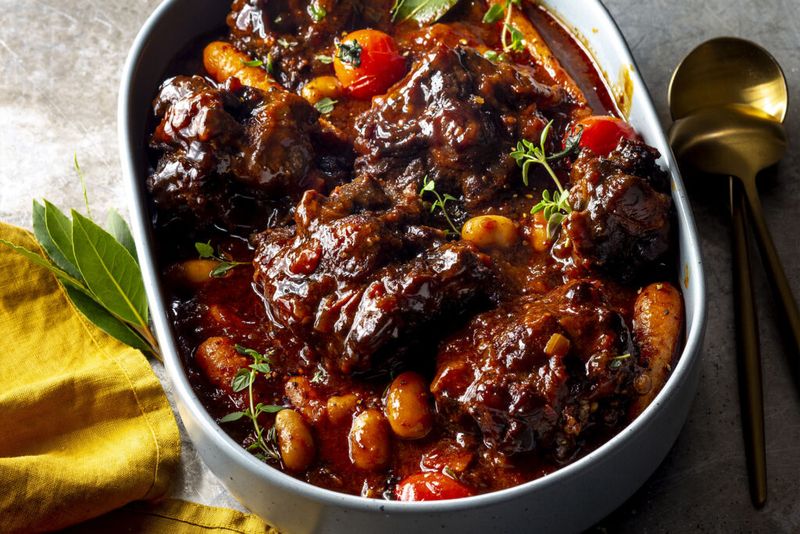
This tail-end cut was prized in stews and broths for its intense flavor and collagen. It was cheap and needed slow cooking.
Today, oxtail stars in upscale ragùs and braised dishes. The silky texture and deep beefiness make it a chef favorite.
3. Bone Marrow

Once a butcher’s bonus or filler for soups, bone marrow was humble but rich. It was roasted for rustic warmth and sustenance.
Now, it’s roasted and plated with parsley salad or spread on toast in white-tablecloth restaurants. Its silky, savory essence is pure indulgence.
4. Polenta
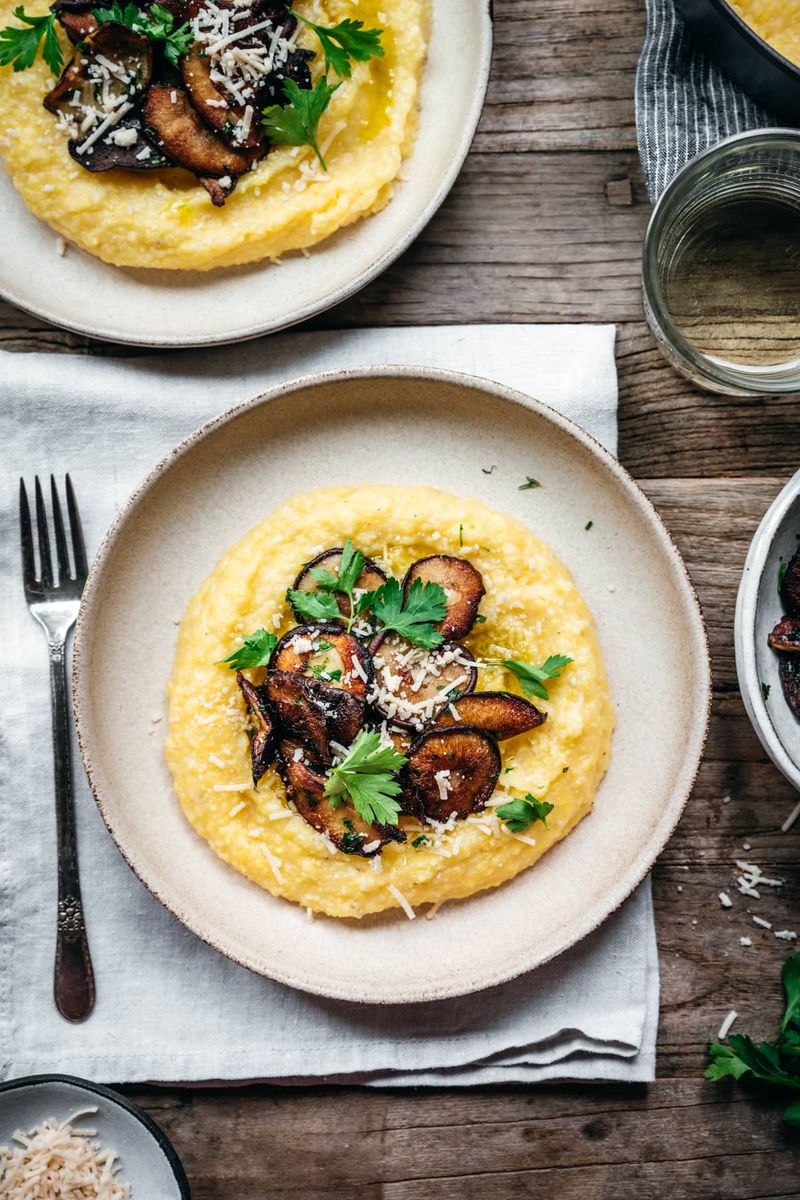
Italian peasants relied on cornmeal mush as a cheap, hearty base. It was rustic, repetitive, and filling.
Today, chefs grill it, layer it with truffles, or serve it creamy with lamb shank. That golden porridge grew up.
5. Sardines
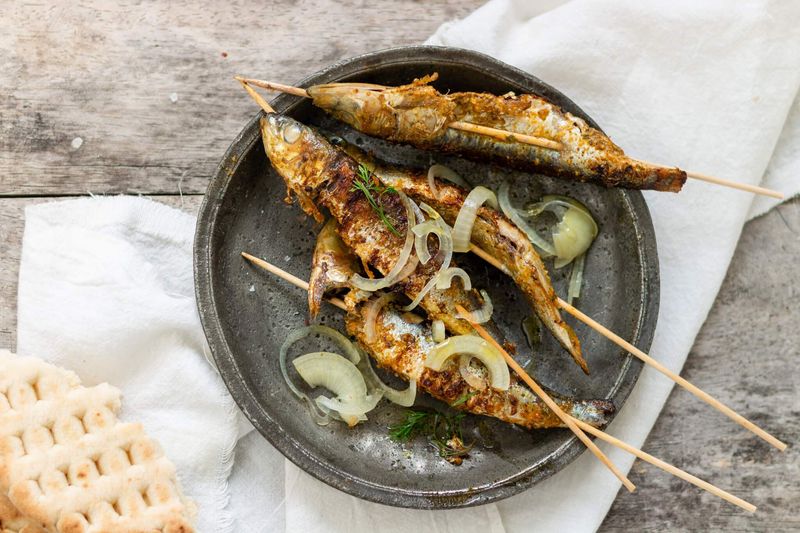
Canned, oily, and inexpensive, sardines fed generations on a budget. They were pantry staples, not party food.
Now, boutique tins from Portugal are collector’s items, and sardines grace small plates with artisanal bread and pickled onions.
6. Pork Belly
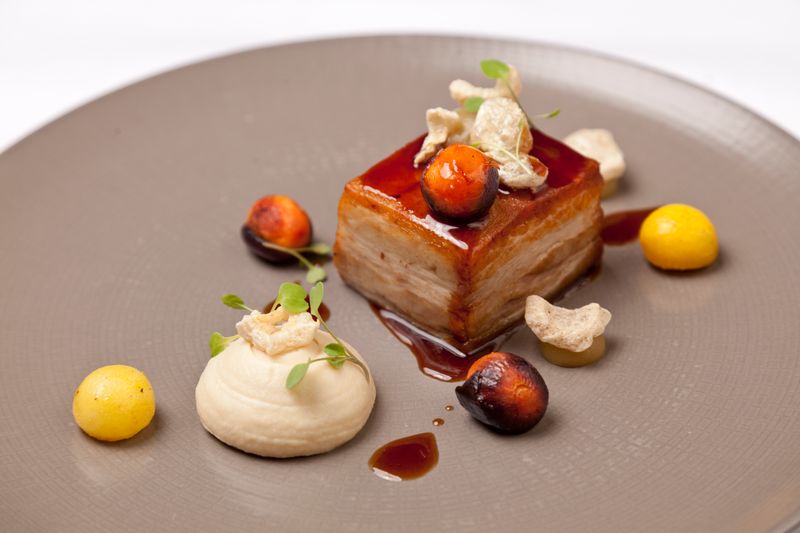
Fatty and flavorful, pork belly was once overlooked for leaner cuts. It was cured into bacon or simmered in stews.
Modern kitchens now braise, crisp, and glaze it with elegance. A slab of it, lacquered in soy or maple, is now a fine-dining showstopper.
7. Chicken Liver Pâté
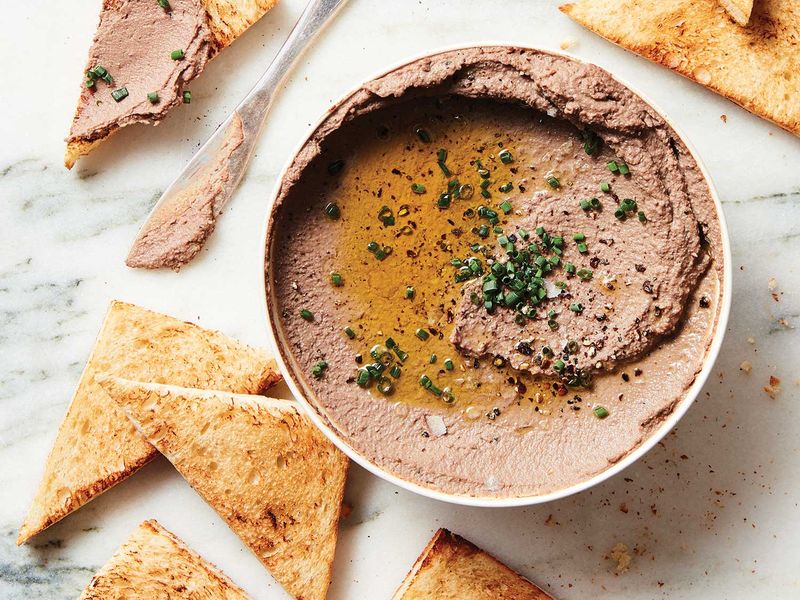
Organs were for thrifty cooks—livers especially, turned into spreads or fried with onions. Cheap, earthy, and often divisive.
Today, chicken liver pâté is whipped silky, topped with port jelly, and served with brioche. It’s rustic gone refined.
8. Caviar
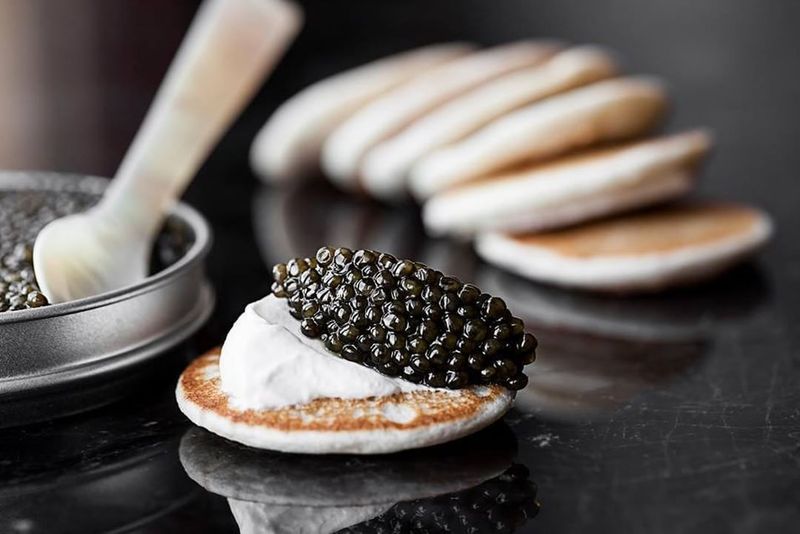
Once considered peasant food in Russia and Iran, fish eggs were salty sustenance from sturgeon-heavy rivers.
Today, caviar means luxury—delicate, briny pearls served in crystal bowls with blinis and crème fraîche.
9. Truffle
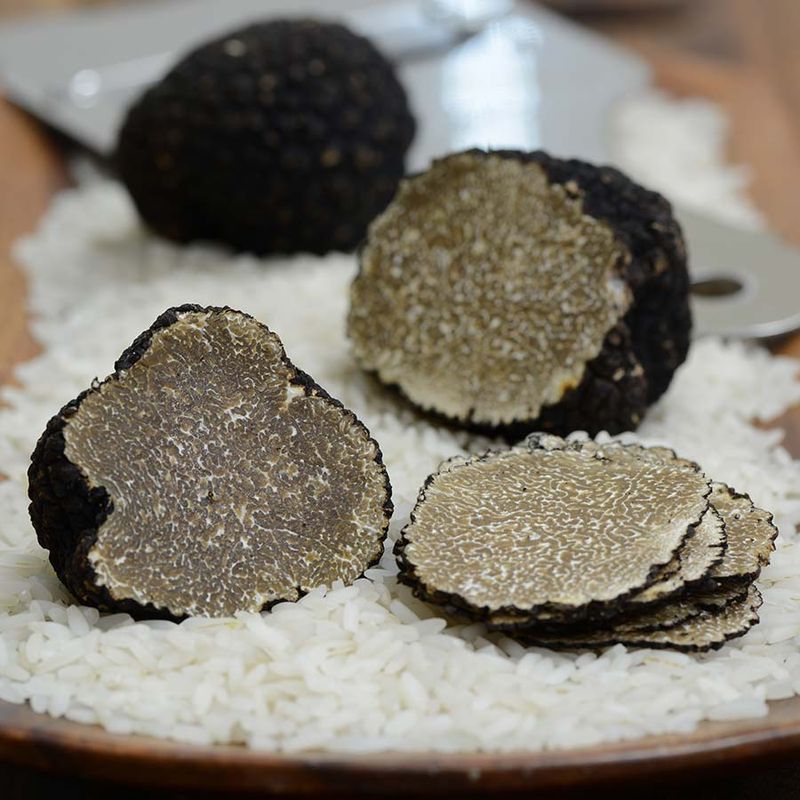
Truffles were hunted by pigs and gathered by country folk. Their use was tied to rural French and Italian tables.
Now they’re shaved onto risotto, infused in oil, or locked in vaults. Their earthy aroma is worth gold in the right hands.
10. Escargot

Snails were garden pests turned protein during lean times in rural France. Simple garlic and herb prep made them edible.
Now, they’re a buttery, garlicky delicacy found in Parisian bistros and fine dining menus worldwide.
11. Duck Confit
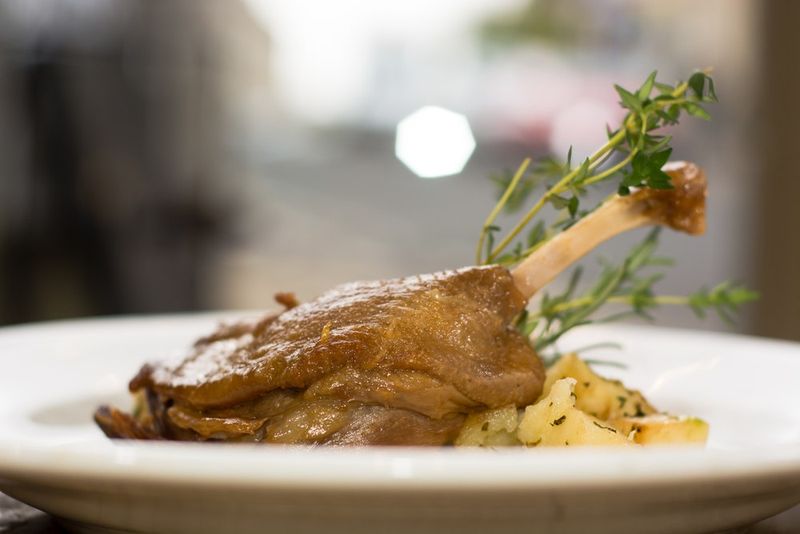
Farmers preserved duck legs in their own fat to last through winter. It was a method of survival, not glamour.
Today, that fall-apart meat is plated beside lentils or greens, crisped to perfection and devoured with reverence.
12. Foie Gras
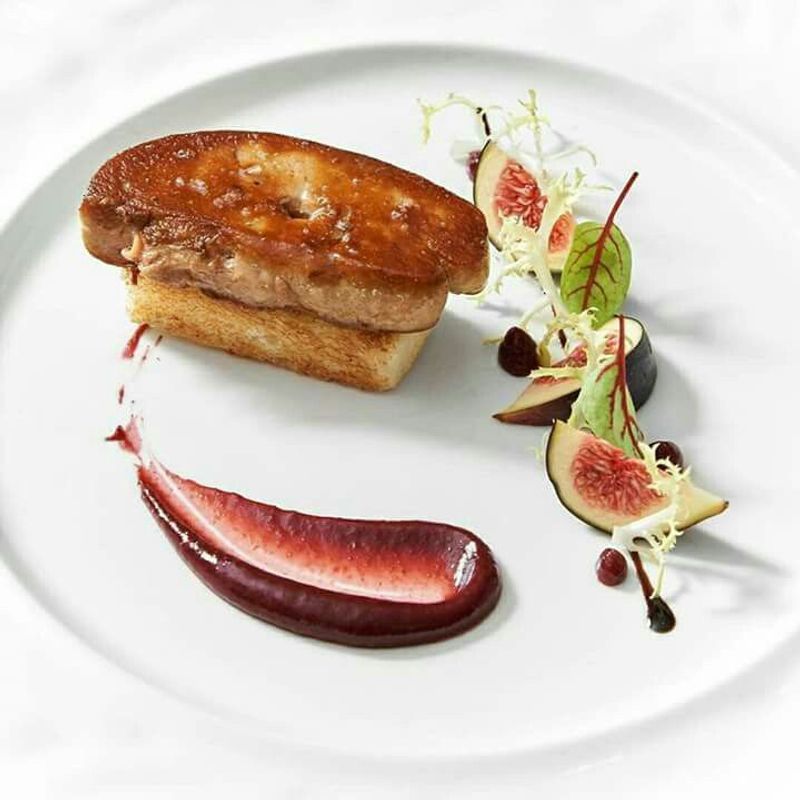
Historically a way to preserve goose liver in fat, foie gras was a household method in Gascony and Alsace.
Modern foie is seared, torchon-aged, or dolloped with fruit compote—sumptuous and controversial in equal measure.
13. Ramen

Street food and college cuisine, ramen began as a low-cost, filling meal. Dried bricks and flavor packets kept it humble.
Now, chefs obsess over 24-hour broth and handmade noodles. A bowl can cost as much as a steak.
14. Grits
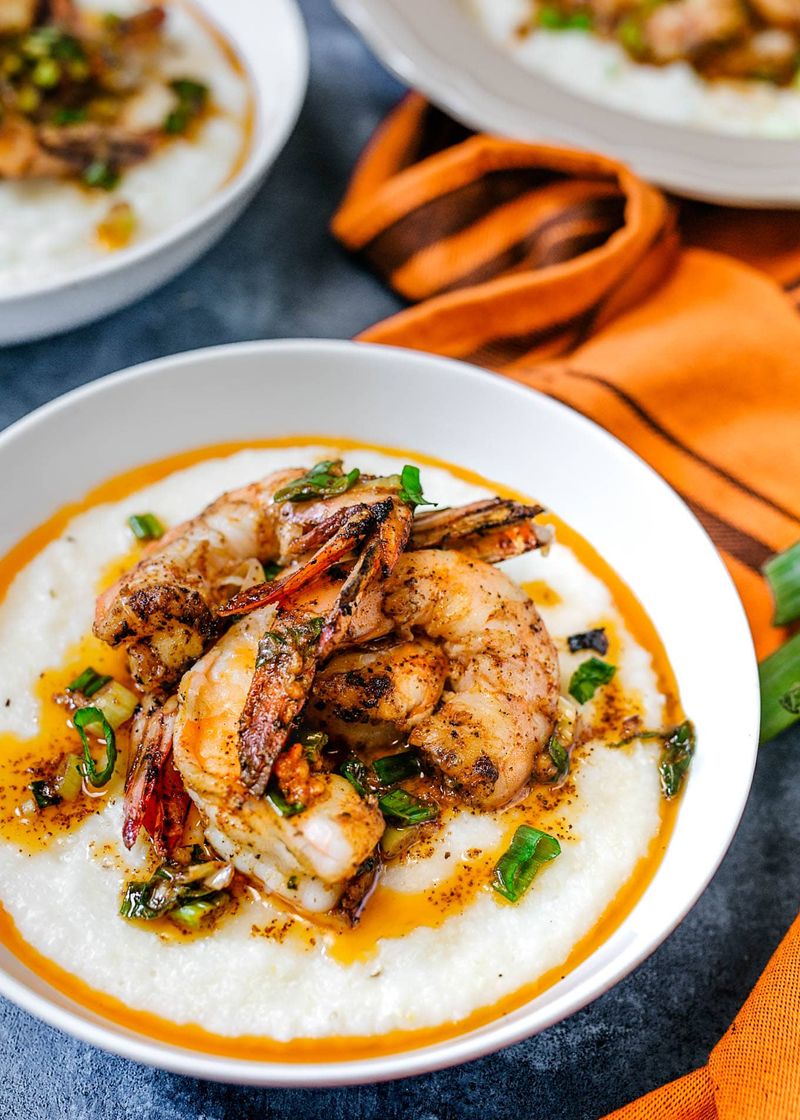
Southern farmers lived on ground corn grits, often with butter or cheese. It was hearty, affordable, and passed down.
Upscale kitchens now top it with shrimp, lobster, or duck confit. Creamy, comforting, and no longer confined to the South.
15. Sweetbreads
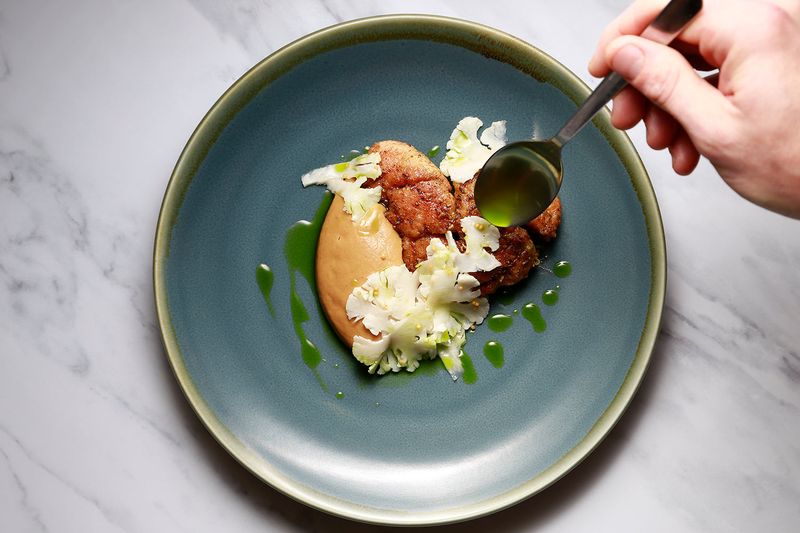
Offal for the frugal, sweetbreads (thymus or pancreas) were prized by chefs but avoided by many.
Today, when prepared right—crispy outside, creamy within—they’re one of the most elegant items on the menu.

